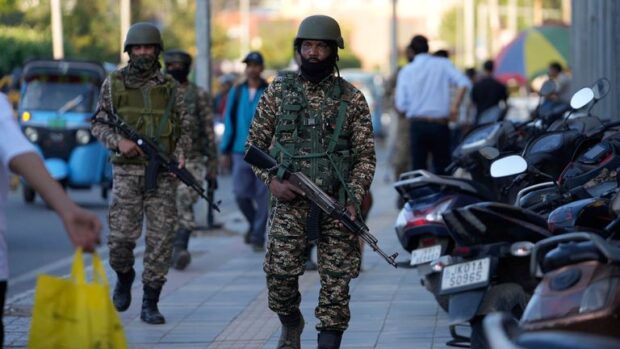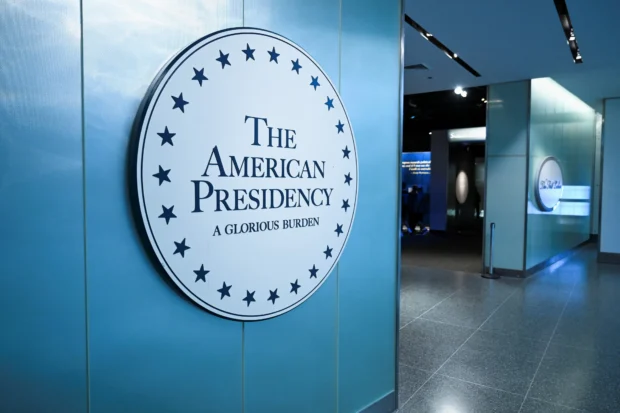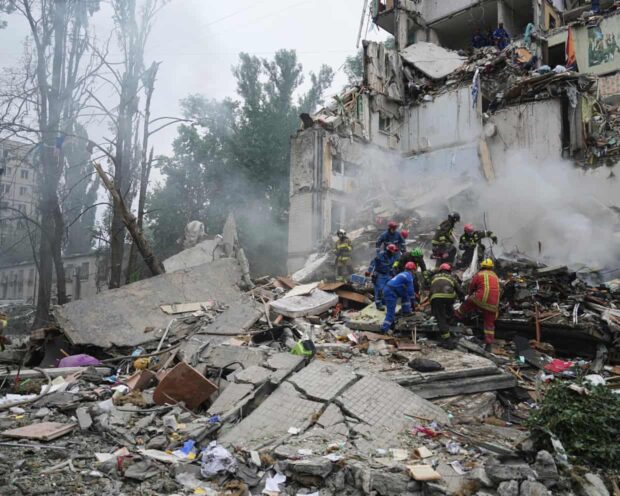
In a move that underscores the ongoing tensions surrounding U.S. immigration policy, Texas authorities have proposed offering 1,400 acres of land to support potential federal immigration enforcement efforts. The Texas General Land Office has formally communicated an offer to build detention facilities along the US-Mexico border, revealing the complex dynamics of state-level immigration strategies.
The proposed land, described as flat and easily developable farmland, comes with a specific vision from Texas Land Commissioner Dawn Buckingham, who characterized the offering as a potential solution for “processing, detention, and coordination” of immigration enforcement efforts. This proposal emerges against a backdrop of intense political debate, with Texas positioning itself as a key supporter of stringent border control measures.
The offer highlights a stark divide among border states. While Texas extends support, Democratic governors in California, Arizona, and New Mexico have explicitly stated their unwillingness to participate in mass deportation plans. This regional disparity reflects the politically charged nature of current immigration policies.
Current detention infrastructure is diverse, ranging from temporary soft-sided facilities managed by Customs and Border Patrol to permanent brick-and-mortar ICE detention centers and county jail arrangements. A recent 2024 spending bill allocated $3.4 million for ICE to house up to 41,500 detainees daily, though experts like Adam Isacson from the Washington Office on Latin America suggest this capacity could be quickly overwhelmed by proposed deportation plans.
The proposal is not without significant challenges. Experts anticipate substantial financial implications and potential legal challenges from rights groups. Meanwhile, local resistance is taking shape across the country. Los Angeles, for instance, has recently passed a “sanctuary city” ordinance preventing local resources from assisting federal immigration authorities.
Kathleen Bush-Joseph from the Migration Policy Institute warns of a potential “patchwork of protections” that could further polarize state-level responses to immigration enforcement. The current detention landscape reflects this complexity, with ICE data showing 38,863 immigrant detainees nationwide as of November 2, with over 12,000 held in Texas facilities.
The Texas offer raises critical questions about the feasibility of large-scale deportation plans and the delicate balance between immigration enforcement and humanitarian considerations. It represents a microcosm of the broader national debate, highlighting the intricate interplay of political, legal, and social factors shaping U.S. border policy.
As the discussion continues, the proposal stands as a testament to the ongoing challenges of immigration policy, revealing the deep divisions and complex considerations that define this critical national issue.
















Be the first to leave a comment